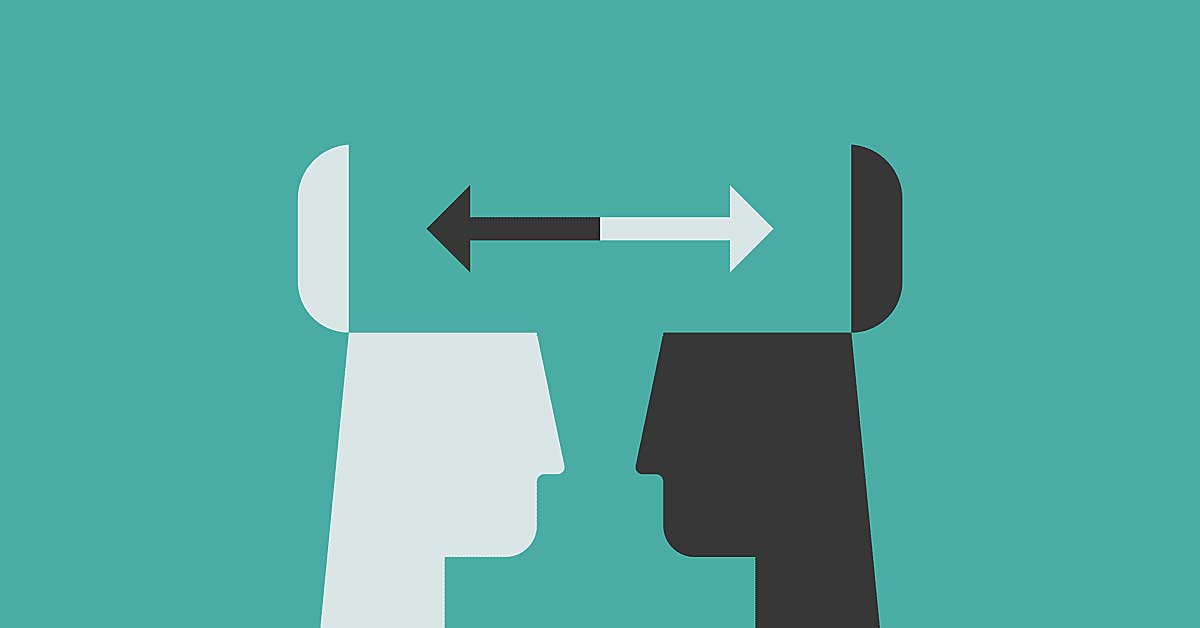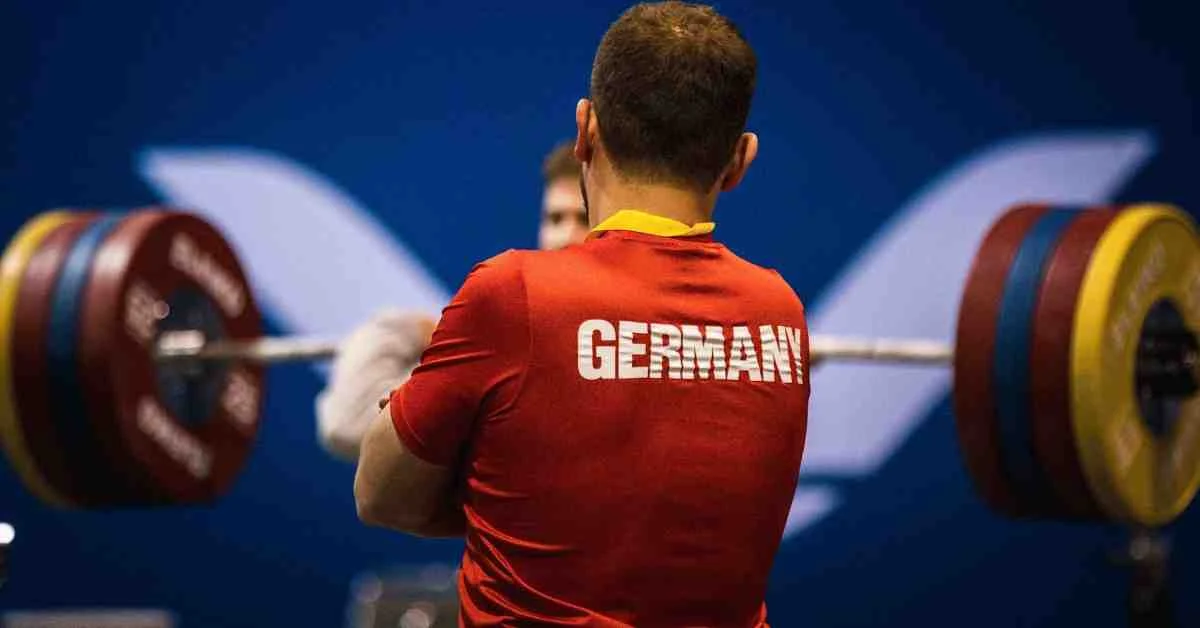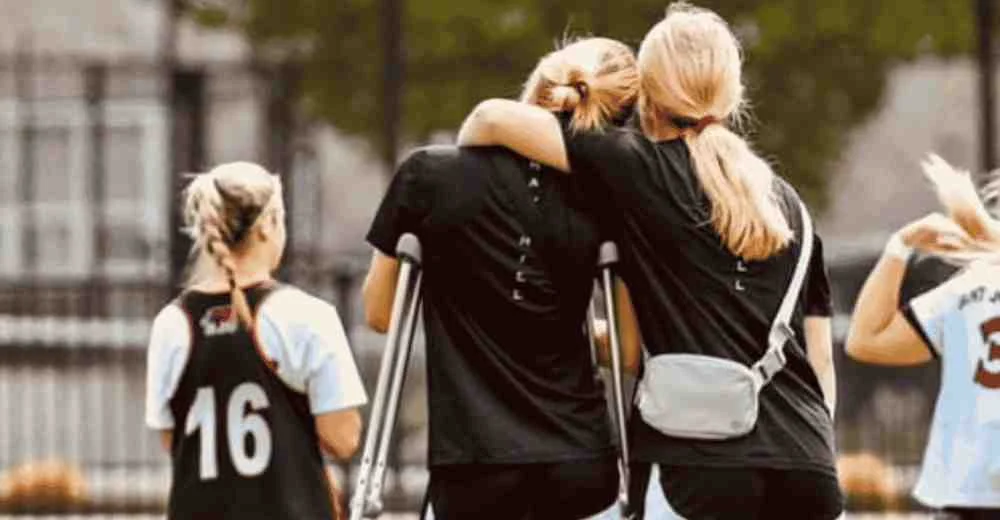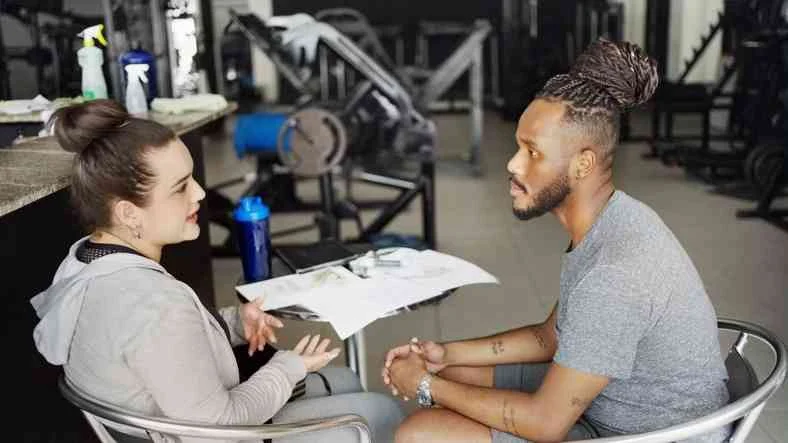Read this; watch that; have you listened to Coach X?
Sound familiar?
Coaches today have an unimaginable amount of information at their fingertips compared to the coaches of 20 years ago. But is this a good thing? Trick question: of course it’s a good thing! The only downside is that within all this information, many coaches are trying to separate themselves from the pack and are drifting into dogmatic, almost militaristic styles of thinking on how to approach sports performance.
I’m not here to call these coaches out—plenty of others have—but rather I am here to say let us learn from them and their approaches. Behind most approaches (except burpees, which are stupid, and I will die on this hill fighting against them), there is a bit of truth.
There is a dichotomy between how professionals in strength and conditioning think the field must be handled.
A dichotomy is simply a division or contrast between two things that are (or are represented as being) divided into two entirely different, opposed, or contradictory groups (Dictionary.com). To put it in weight room terms: bilateral vs unilateral, aerobic vs anaerobic. Navigating dichotomies is recognizing the benefits of both yin and yang while refusing to make camp in one or the other. If you go too far one way or another, you might find success, but whatever success you do find will be short lived.
Navigating dichotomies is recognizing the benefits of both yin and yang while refusing to make camp in one or the other, says @Tate_Tobiason. Share on XBy learning to identify the dichotomies present in our field, we as coaches can better navigate not only our athletes’ development, but the forward direction of our chosen field.
The Dichotomy of Science
Science has been one of the most abused and misused words in the past decade. Coaches and companies everywhere claim to be driven by the science, and while that is good and all, the science can only go so far. There is a dichotomy between scientific theory and practice, which coaches must navigate.
Staying up to date on the latest research and understanding the implications is important, but I believe it is even more important to understand what the research is not stating. What’s the size and scope of the study? What are the rest times? (I’m looking at you P.A.P.) Can they fit into the flow of our training session? What population was studied?
Remember, the scientific method can only address one specific issue at a time, while sports are crazy complex. The science is only good if we can use it to win more games, not just to brag about our scientific approach on social media. Treat the science as a compass which guides us in the right direction while adapting the findings to our current situation. Do not treat the science as a rigid map and overhaul the facilities after each new study.
Remember, the scientific method can only address one specific issue at a time, while sports are crazy complex, says @Tate_Tobiason. Share on XAnd remember, your athletes are not data points to be manipulated—they are individuals and should be treated as such. Do not turn into a callous lab coat in your quest to be backed by the science. The perfect program only exists between citations.
The Dichotomy of Technology
Technology has undoubtedly improved sport performance. From instantaneous feedback to player profiling, it helps guide a coach beyond what they can see with their own two eyes. However, if we aren’t careful, technology can take up our entire line of vision. The dichotomy between technology and old school observation occurs when a coach spends more time watching the numbers on a screen than they do the athlete.
A poor velocity reading might occur due to an imbalance in foot pressure or bar path, but one won’t know that if their eyes are glued to a screen. Focus on the athlete first and foremost before examining the data. Be a coach! There is such a thing as a recall function. Over time, your coach’s eye will start to align with the readings to help you become a more efficient coach. But be careful not to reject technology all together and essentially fly blind. Sorry, but no one has strength sonar.

The Dichotomy of Mobility
What is a sport coach’s favorite saying after losing a game? You guessed it: we need to stretch more. I’m going to blame us strength coaches for allowing this phrase to even still exist. Stretching is not a cure-all, and sometimes rigid movement on the field is because of overthinking.
We need to do a better job educating sport coaches on what mobility and flexibility are, and the dichotomy between training them. On the one hand, rigidity is necessary for maximal force production; on the other hand, however, force production must be expressed throughout a range of motion in sport. Careful how far you swing to one side or another. Mobilize for the sporting needs and no more.
Mobilize for the sporting needs and no more, says @Tate_Tobiason. Share on XThe Dichotomy of Strength
Do not get me wrong—strength matters. Strength, however, is not the end-all-be-all in sport performance. Strength lays the foundation for what can be, providing the athlete with potential to succeed.
The dichotomy between strength training and sport training appears when an athlete—in order to continue to increase strength levels—must reallocate training time towards raising said strength levels. At some point, the strength must be manifested through power outputs, RFD, and of course, on field/court performance. Where on the flip side, an athlete that does no strength training opens themselves towards higher injury rates and decreased performance as Father Time ticks away.
The Dichotomy of the Coach–Athlete Relationship
This is a unique dichotomy. On the one hand we want to develop meaningful relationships with our athletes where they feel comfortable enough to be honest with us; on the other hand however, we must maintain a respectable role as mentor/coach.
A coach does not need to know every athlete’s back story, they simply need to acknowledge that the athlete is a unique individual. Learn the art of short conversations. Mingle with the group before sessions and identify relatable characteristics between you and the athletes. Careful about how far your discussions dive with an athlete. These can be meaningful and warranted, but have potential to drift into legally gray issues. Do your job, be their coach—they already have friends.
Do your job, be their coach—your athletes already have friends, says @Tate_Tobiason. Share on XThe Dichotomy of the Strength Coach–Sport Coach Relationship
Every coach believes their way is the correct way. Sport coaches want to tell strength coaches how to lift, and strength coaches want to tell sport coaches how to practice. As strength coaches, we must develop healthy relationships with our sport coaches. We must avoid getting pushed around and overrun by the sport coaches wishes, while also being willing to compromise on training views at times. How many coaches have been fired or left on bad terms due to their dictatorial stances on programming? Then how many coaches have been fired because they didn’t speak up and the team fell apart?
By learning to walk this dichotomy, the field of strength and conditioning was created. Boyd Epley was no sport scientist. Rather, he was a man who knew how to sell his program to the coaching staff(s) while working with what they provided him. And he made the most of it, giving the likes of the author and the reader a chance to make a living.
It takes a village to find success in sport. Do not ostracize yourself from that village.
It takes a village to find success in sport. Do not ostracize yourself from that village, says @Tate_Tobiason. Share on XYes, There Are More
Strength and conditioning is a unique field where research and technology meet the human condition, opening up a world of nuance along with an ocean of dichotomies to navigate. I have only touched on a few of the many—take some time this week to examine your own coaching/practice and identify the possible dichotomies present. Feel free to share your reflections with me. I’d love to hear what you come up with.






